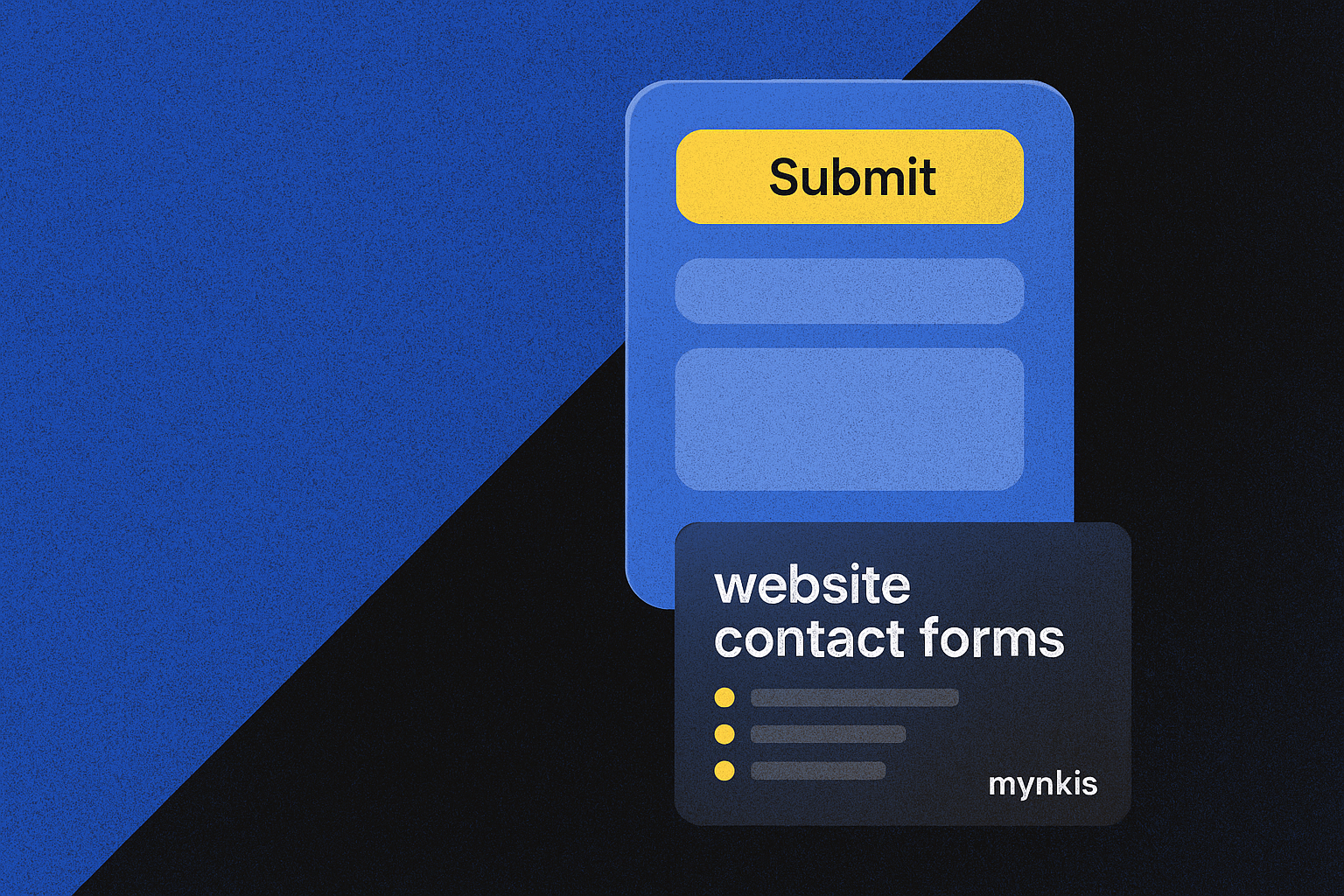Schedule a Demo
Every school and university's website needs a contact form. I've seen countless times how an effective contact form can transform the way institutions connect with students, faculty, and parents. Contact forms not only bridge the gap between users and your services but also collect valuable data that can be used to improve the user experience. They are the unsung heroes of website functionality, vital for nurturing leads, answering queries, and streamlining communication.
Creating a contact form might seem straightforward, but its design can significantly impact its effectiveness. Start with defining the goal of the form—whether it's for enrollment queries, technical support, or general information. Use clear and concise field labels like "Name," "Email," and "Message." Consider making certain fields mandatory and others optional to maximize user engagement while collecting essential information. Keep your design sleek and clutter-free, aligning with the aesthetic expectations of today's tech-savvy users.
Modern web development tools allow for more than just basic contact forms. Think about integrating features like CAPTCHA for spam prevention, autoresponders for immediate acknowledgment of submissions, or even conversational forms to enhance user interaction. These elements can make your contact form feel more personalized and user-friendly, significantly boosting the chances of its completion.
The importance of user experience and accessibility in contact form design cannot be overstated. Ensure your forms are mobile-friendly and responsive across all devices. My experience working with educational clients has shown that usability issues can drive potential users away. Incorporating clear instructions, appropriate field lengths, and intuitive layouts not only enhances user satisfaction but also complies with accessibility standards crucial for educational institutions.
With custom software development in education, data security becomes paramount. When designing a contact form, prioritizing user data privacy is non-negotiable. Ensure that your forms use HTTPS encryption and adhere to GDPR or other relevant data protection regulations. Transparency about how you handle user data through a clear privacy policy can build trust and mitigate privacy concerns.
Contact forms can be an opportunity for boosting your website's SEO. Optimize the form page's meta titles and descriptions to be keyword-rich without being spammy. Use internal links within your form or a success page to encourage further engagement. Moreover, structured data markup on your contact page can enhance your site’s visibility in search results.
Seamlessly integrating your contact form with your institution's backend systems like your CRM, LMS, or email marketing platform can streamline operations. This integration allows for automated workflows, data syncing, and efficient lead management. It's not just about collecting data but also about utilizing it effectively to enhance operational efficiency.
Monitor your contact form's performance using analytics. Track metrics like form completion rates, drop-off points, and time to completion to identify areas for improvement. Based on available research, understanding user behavior can help refine your form for better usability and higher conversion rates. However, individual results may vary.
Not all contact forms are created equal, especially when catering to different segments like prospective students, current students, alumni, or parents. Custom forms tailored to each audience's needs can provide a personalized experience. I've worked on projects where separate forms for different user groups significantly increased engagement and response rates.
With a majority of web traffic coming from mobile devices, making your contact forms mobile-optimized is not just an option—it's essential. Ensure fields are appropriately sized for finger tapping, the keyboard types match the input type, and your form's layout adjusts for vertical scrolling. Performance on mobile devices can greatly affect your user experience and conversions.
After deploying a contact form, the work isn't over. Testing different versions through A/B testing can give you insight into what works best for your audience. Gather user feedback and be prepared to iterate based on performance data. Over time, these cycles of testing and improvement can help you create an even more effective contact form tailored specifically to your educational institution's needs.
Look to successful case studies within educational institutions for inspiration. A leading university used contact form analytics to streamline its student support services, resulting in quicker response times and increased satisfaction. Another institution tailored its form fields to match common queries, which saw form completion rates soar. These examples highlight the potential impact of well-designed contact forms.
Incorporating conversational forms, powered by AI, can elevate your contact form's user engagement to new levels. These forms mimic a human conversation, guiding users through a process that feels natural and less intimidating than traditional forms. AI can help by suggesting the next best field based on previous inputs or even predicting common queries and providing instant answers. While still emerging in educational contexts, this technology offers exciting future possibilities.
Finally, legal compliance and institutional policies should influence your contact form strategy. Ensure you're collecting only what's necessary and providing options for users to opt-out of future communications. Regularly review your form against institutional policies and laws like FERPA in the United States to maintain compliance.
